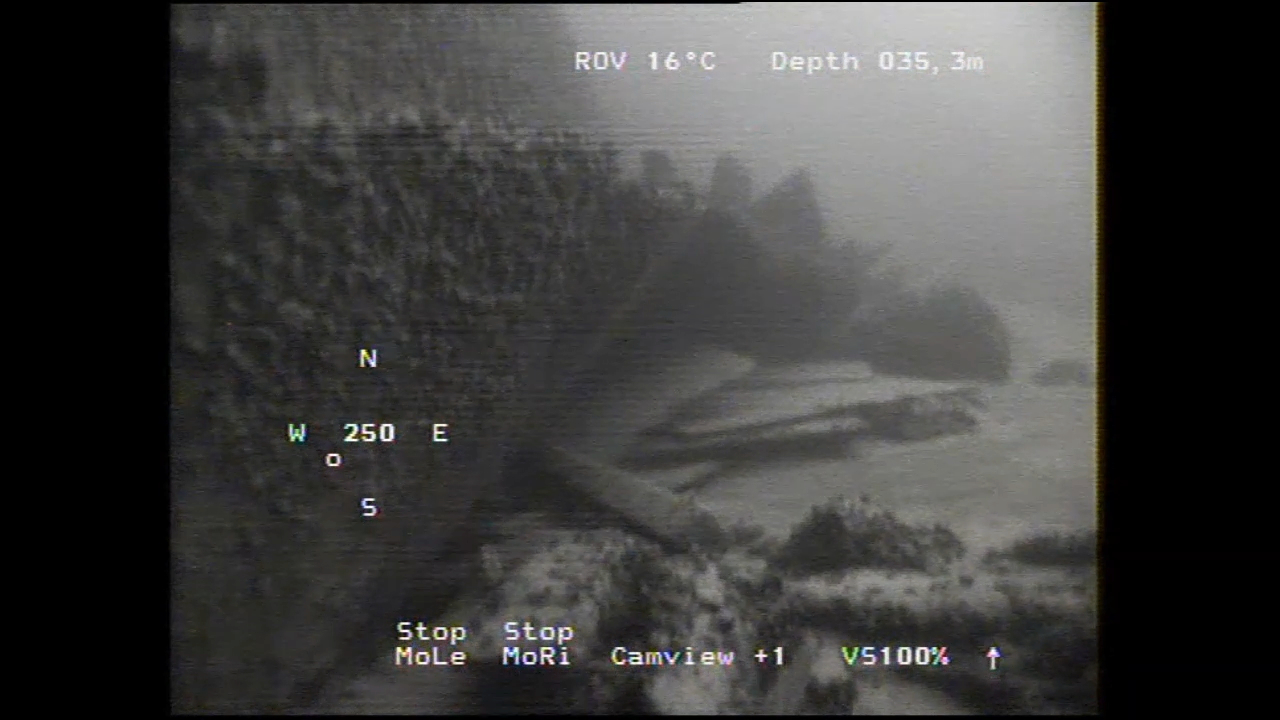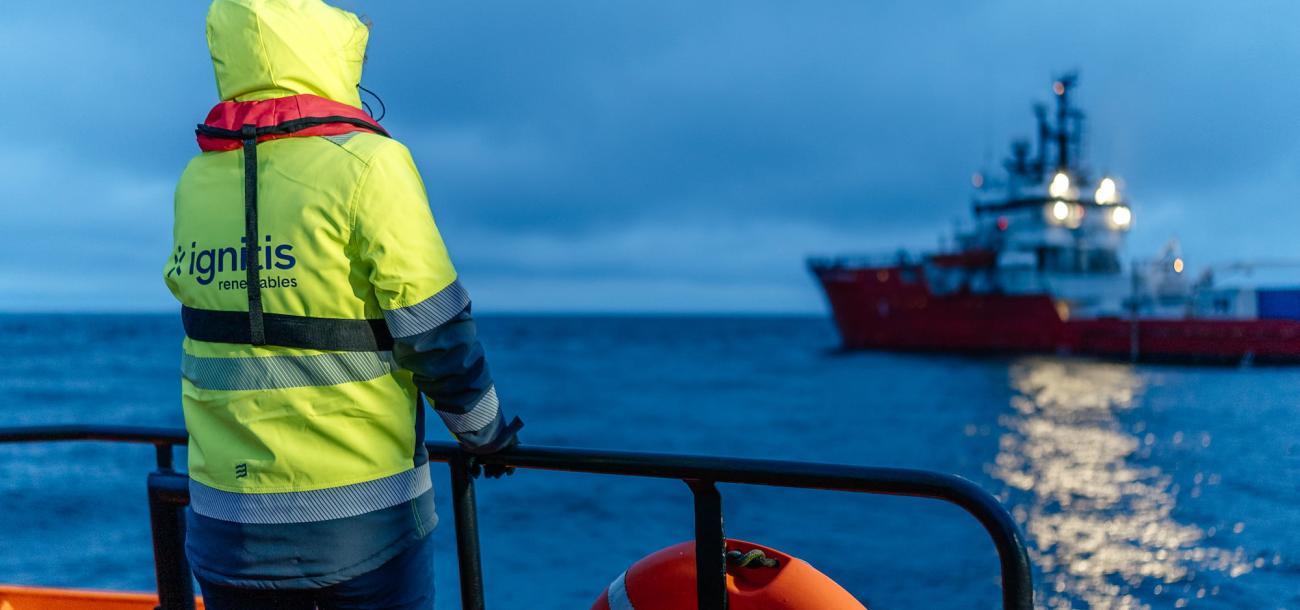Confirmed – sunken ship discovered while exploring seabed for offshore wind farm
The object discovered during a seabed survey in the area designated for the wind farm in the Baltic Sea is actually a shipwreck. This has been finally confirmed by an additional survey. The object was detected on the seabed of the Baltic Sea during the seabed survey conducted by an international green energy company, Ignitis Renewables. The initial survey was carried out to assess the possibilities for the construction of Curonian Nord offshore wind farm.
Though the initial guess was that it might be a natural formation of moraine rock, a more accurate survey with the help of a remotely operated underwater vehicle dispersed any doubt. There really is a shipwreck laying on the seabed. The 70-metre-long and about 6-metre-high shipwreck is lying 38 metres deep.
“The approximately 120-square-kilometre seabed area in the Baltic Sea designated for developing offshore wind projects has never been surveyed in detail. Therefore, the current surveys are important not only for the energy sector but also for the Lithuanian scientific community. We have committed to transfer the data we collect to them,” says Dainius Stepanonis, Project Manager at Ignitis Renewables, a company developing Curonian Nord offshore wind farm, who is responsible for seabed surveys.
According to him, the currently collected data shows that the shipwreck detected on the seabed of the Baltic Sea is not of significant historical value and will not be an obstacle for the development of the wind farm. However, this finding is still sheds light for scientists on what ships used to sail in the territorial waters of our country and for what purposes they were used.
The available data allows us to determine only an approximate age of the ship; most of the information is deduced from the way the hull plating is welded together. Hull dimensions and proportions and the way the rudder blades are fitted are instrumental in determining the type of the ship.
All this data allows us to assume that the ship laying on the seabed of the Baltic Sea was probably built no earlier than in the mid-1950s, as it was not until then that welding of the hull plating replaced riveting of the plating of metal-framed ships. The size and proportions of the ship are like the trawler-type ships that used to be built in Lithuania and the other Baltic States since the 1960s.

Trawlers were mainly used for fishing; they were also used as a base for building scientific research, survey, civil and military vessels. Trawlers were also used for reconnaissance activities.
As for the cooperation with the Lithuanian scientific community, D. Stepanonis notes that, besides the information about unexpected findings, other relevant information is also shared with scientists. Ignitis Renewables will transfer some of the seabed soil samples collected during the geotechnical surveys to the Lithuanian Geological Survey under the Ministry of Environment.
Ignitis Renewables is developing the first offshore wind farm project in Lithuania. It is estimated that the 700-megawatt (MW) wind farm, located in the Baltic Sea, could generate around three terawatt-hours (TWh) of green electricity per year, which would meet up to a quarter of Lithuania's current electricity demand.
It was announced earlier that the survey of the seabed would shed light on the seabed conditions in the Baltic Sea, which would inform the location, construction and design of wind turbines. The survey vessel sailed over 2,000 kilometres to survey this territory of the Baltic Sea, collecting high-quality data. The insights learned after the survey are now used to design the optimal wind turbine foundations and select their locations.
More information about the project is available at curoniannord.com.





